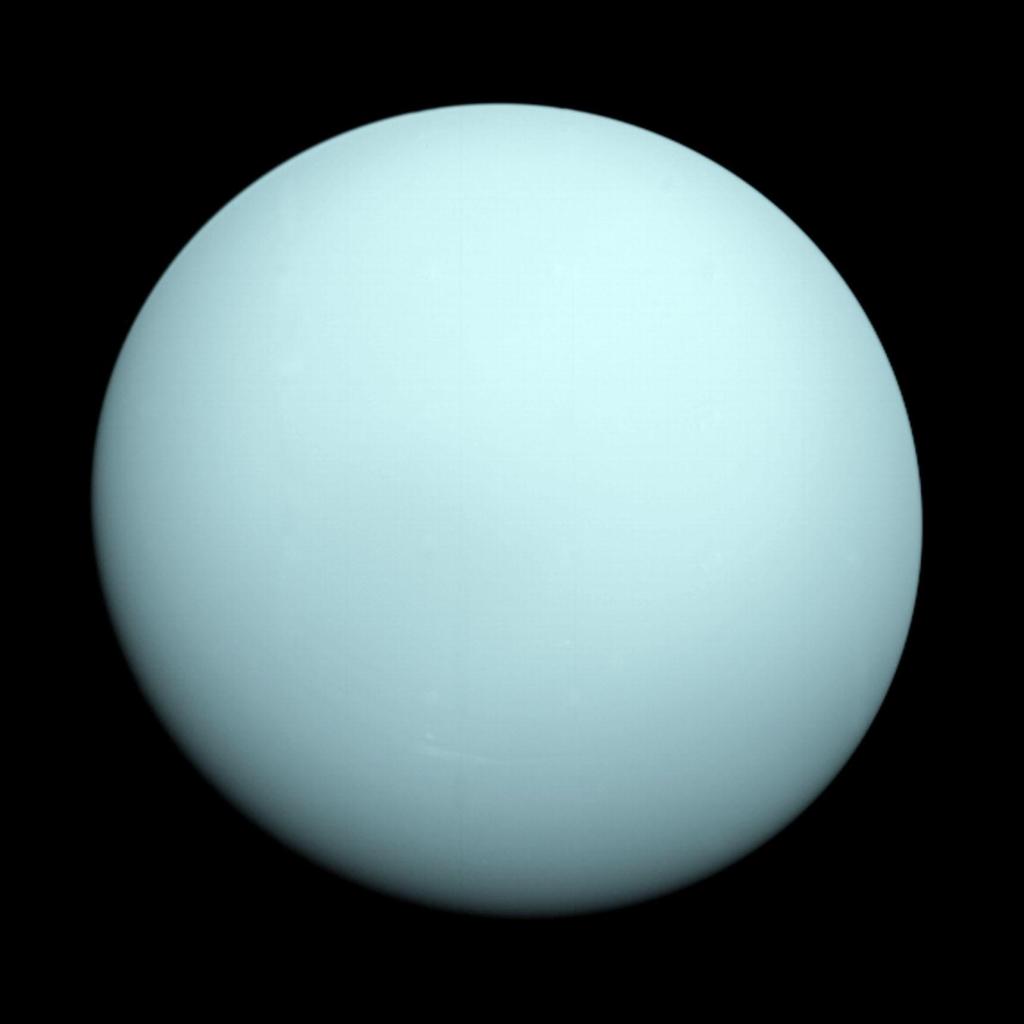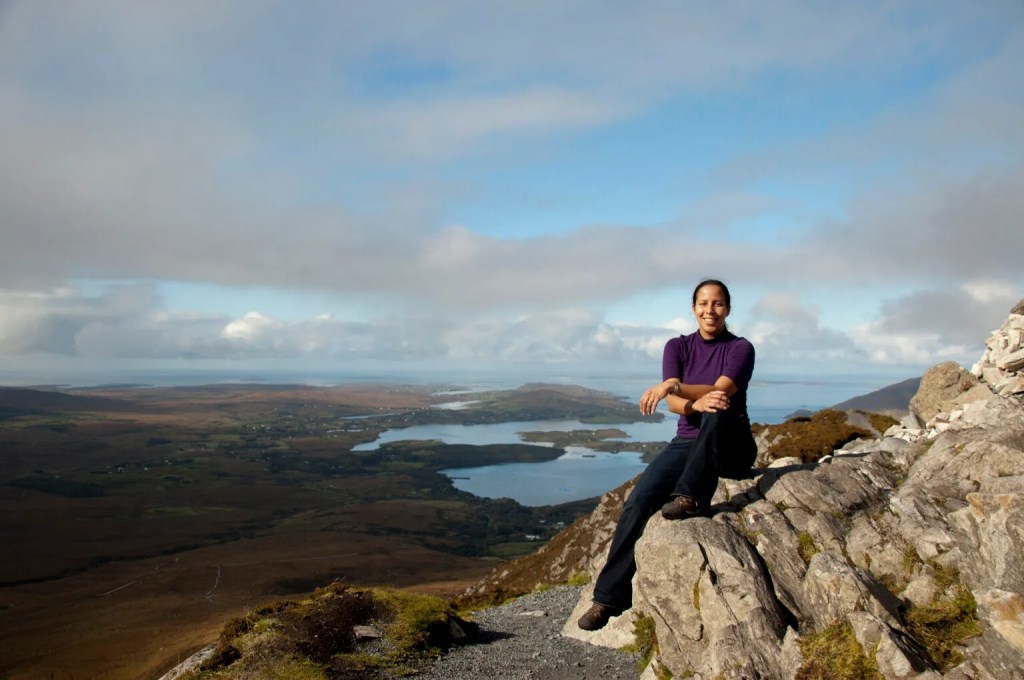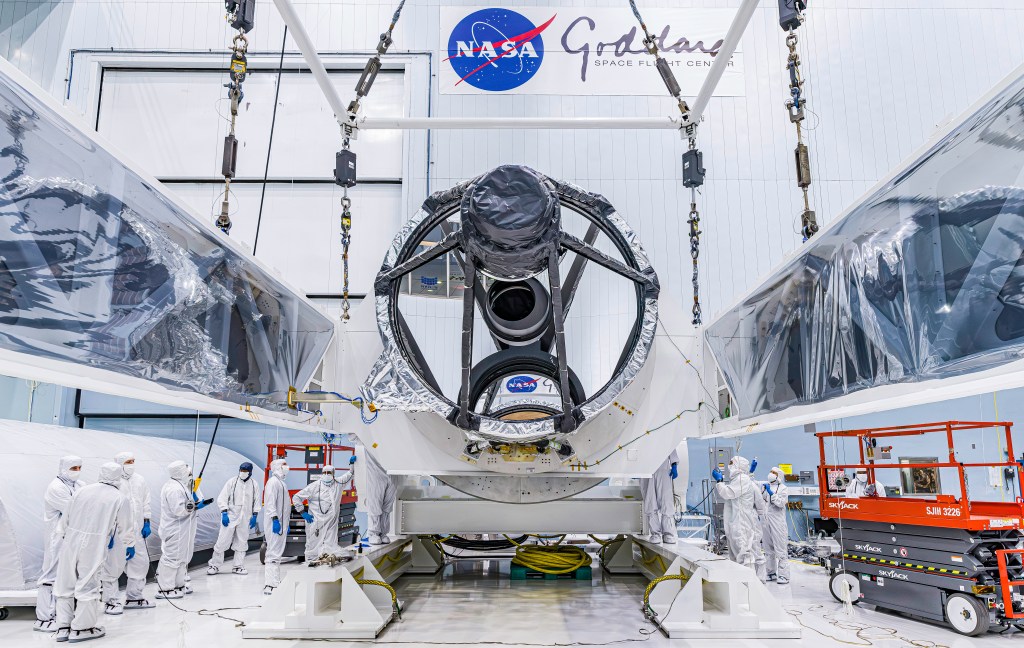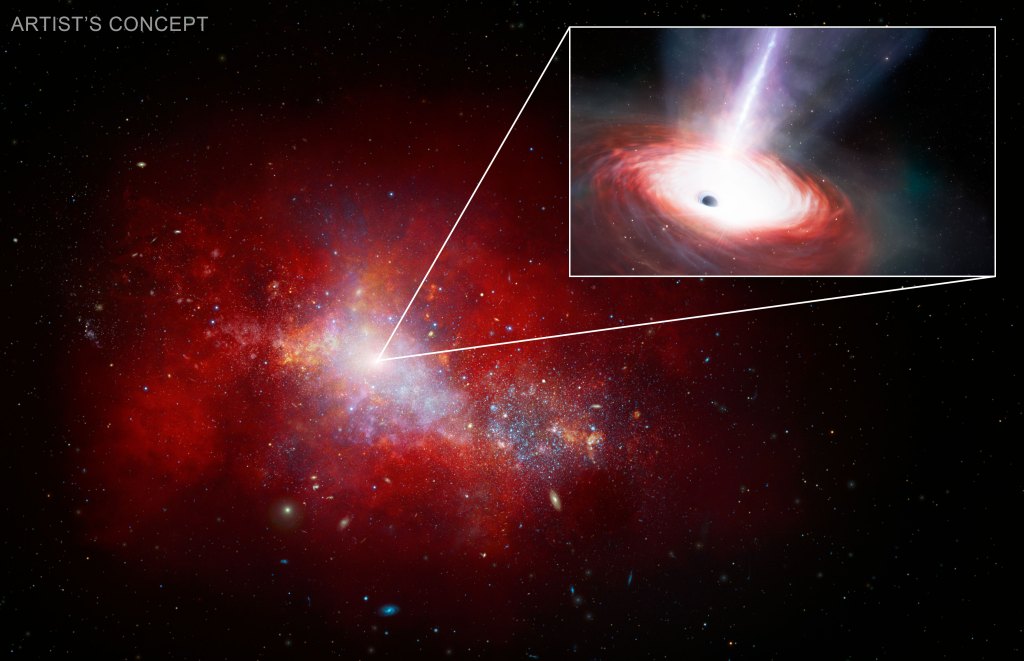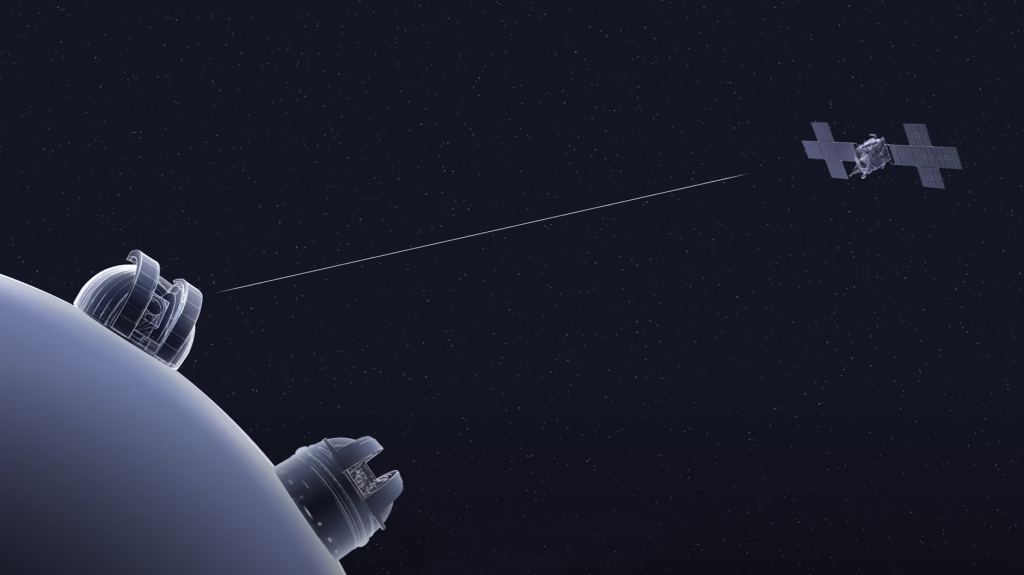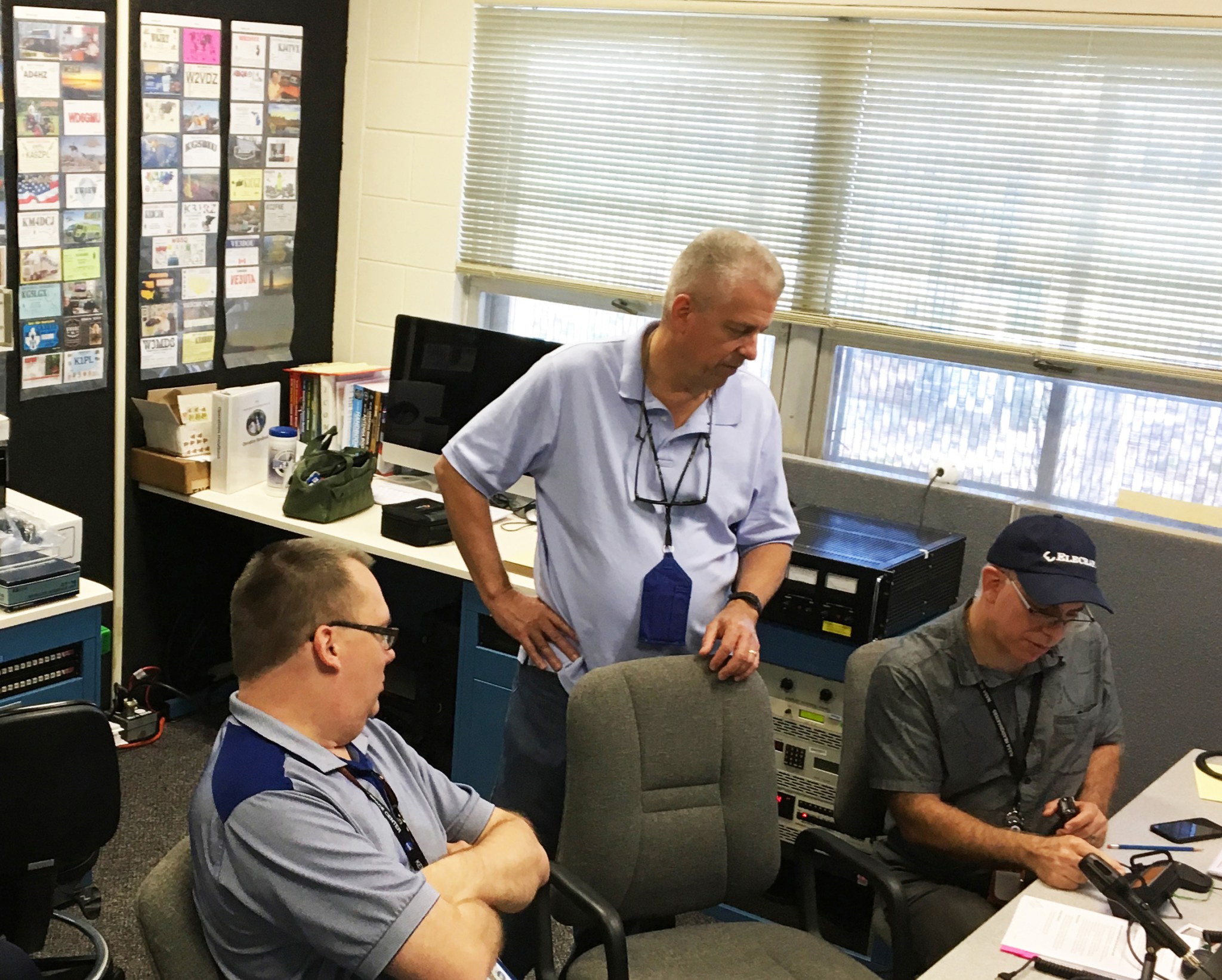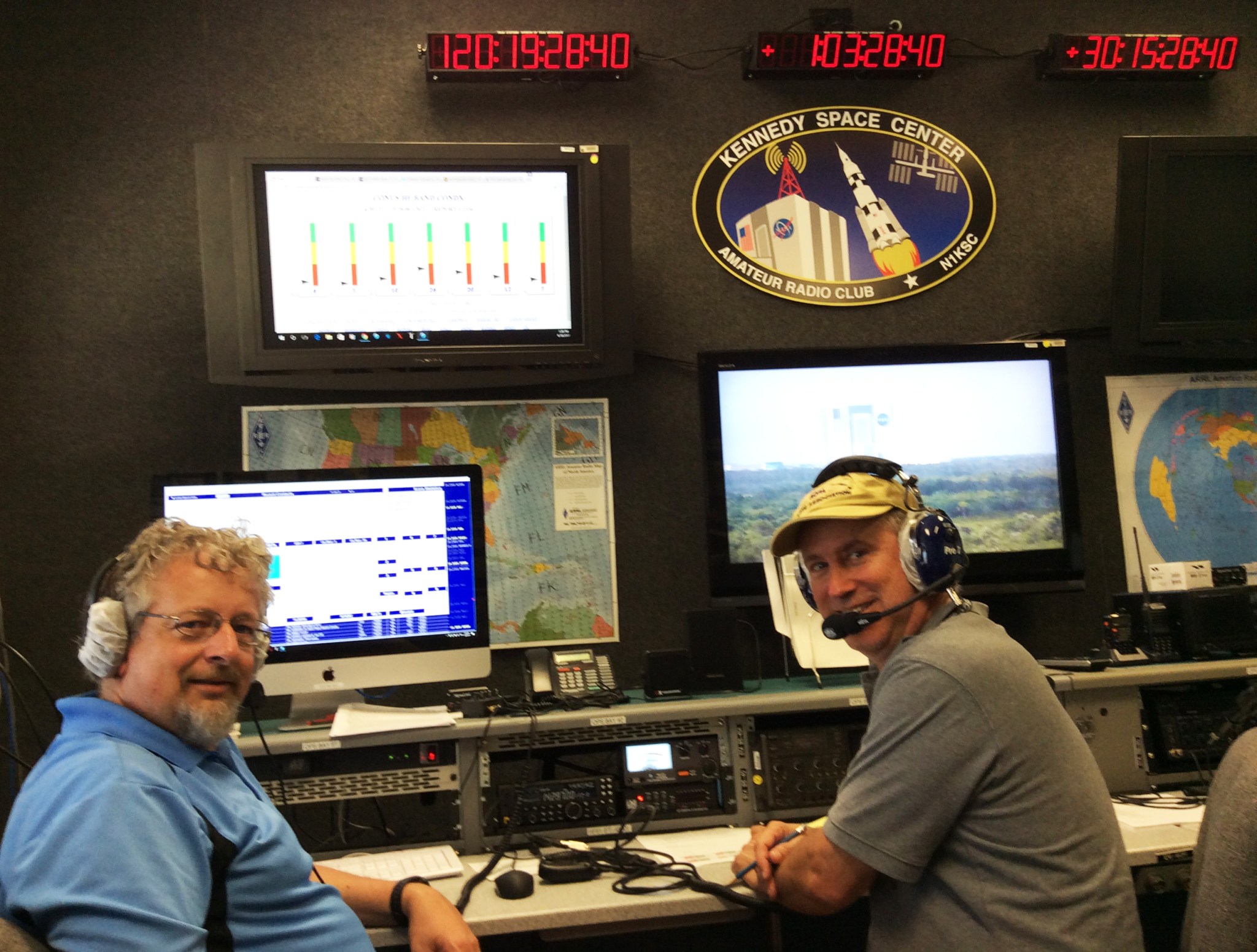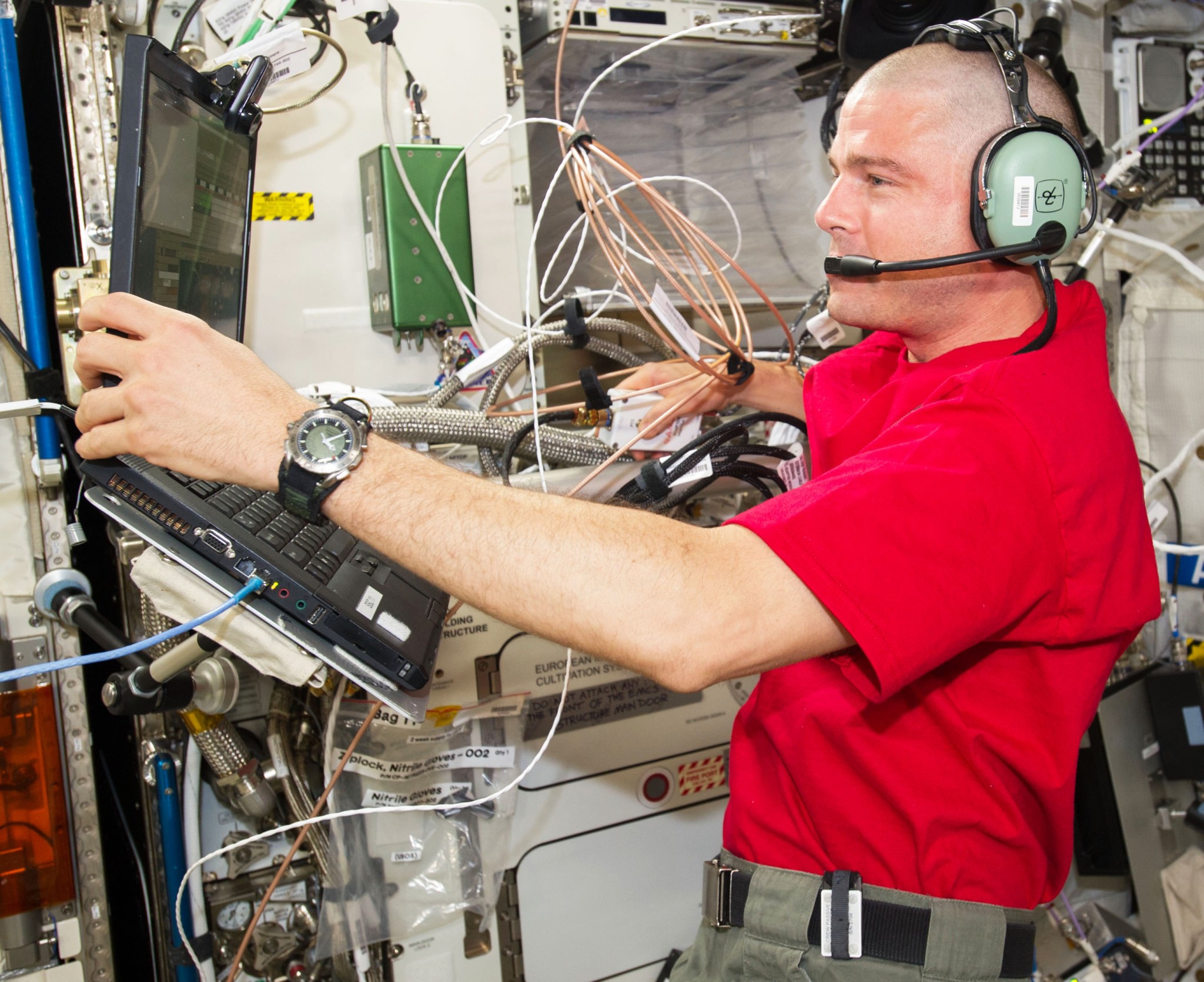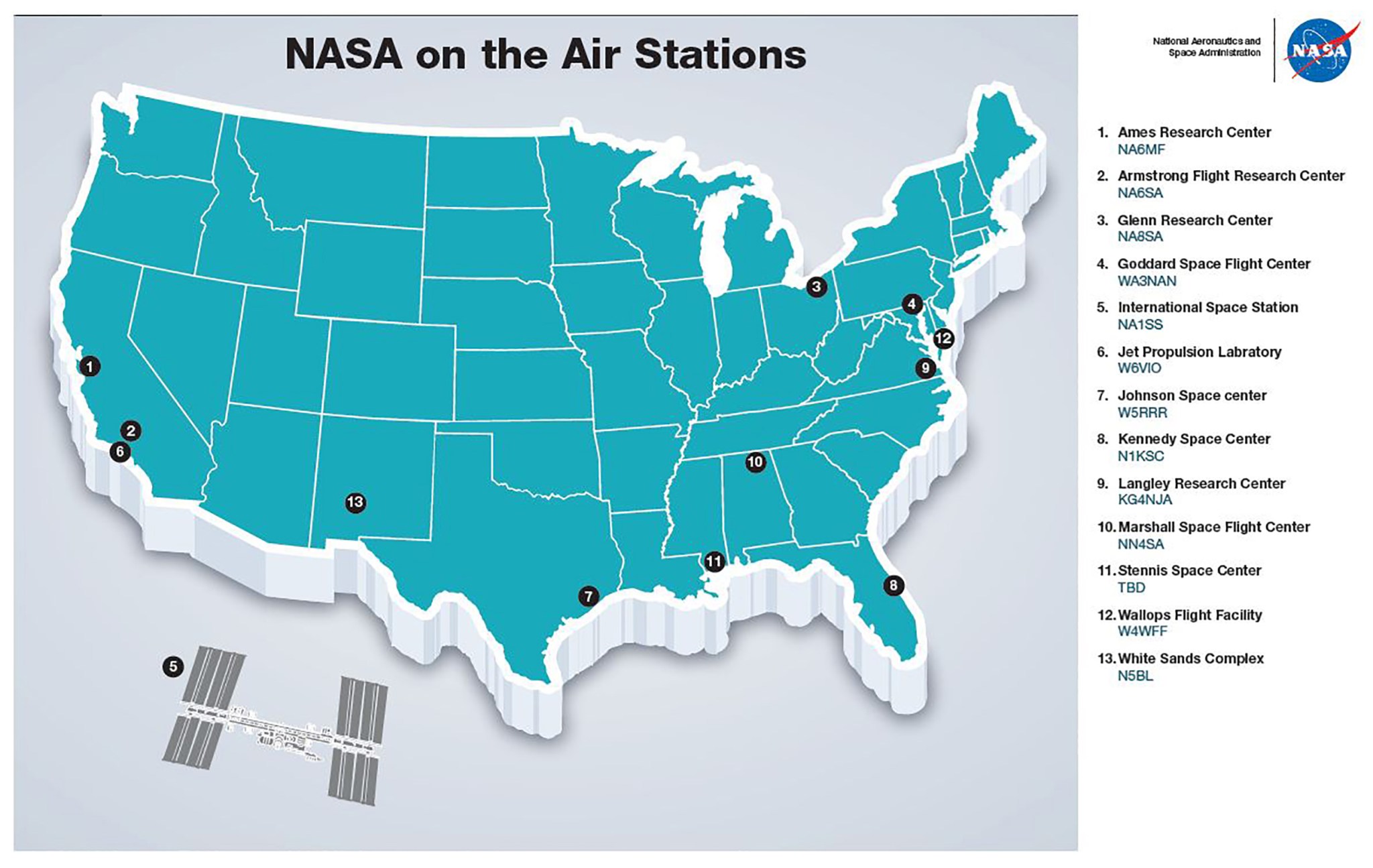By Bob Granath
NASA’s Kennedy Space Center, Florida
NASA is known for communicating with astronauts on missions to space, but regular citizens can radio NASA centers across the country. From the end of this year through the next, NASA will mark several key milestones. Amateur radio clubs at agency centers across the nation plan to celebrate these occasions with several “NASA on the Air” events.
“We enjoy sharing NASA’s story as part of the fun of making contact with fellow ham radio operators across the nation and around the world,” said Kevin Zari, who is activities officer for the Amateur Radio Club at NASA’s Kennedy Space Center in Florida. “We occasionally communicate with people who think that because we’re not flying the space shuttle anymore, NASA has almost gone out of business. We tell them about activities such as the International Space Station and the Space Launch System, and they appreciate the update.”
Amateur, or ham, radio operators use a frequency spectrum for communicating noncommercial and private messages. One of the most important uses of ham radio operations is providing emergency messaging following disasters, such as the recent Hurricane Maria that destroyed most avenues of communication in Puerto Rico.
“The amateur radio clubs at NASA centers are made up of civil servants, contractors and tenants who participate on their own time,” said Zari, who has been at Kennedy since 1990 and is chief technology officer in the Mission and Support Office of Exploration Research and Technology Programs. “We all have a common goal to show our support for NASA and highlight some of the agency’s amazing accomplishments.”
Zari added that he hopes, if time permits, International Space Station astronauts can participate using ham radio equipment aboard the orbiting laboratory 225 miles above the Earth, made possible by the Amateur Radio on International Space Station (ARISS) Program. Amateur radio has even been part of NASA space flights since Shuttle Amateur Radio operations started in 1983.
The plan is to talk about these anniversaries and their place in the history of NASA, explains Rob Suggs, who is the secretary of the amateur radio club at the Marshall Space Flight Center in Huntsville, Alabama.
“We also want people to know what we are doing now and what’s coming up in the near future,” he said. “This includes the Commercial Crew Program, as well as plans to send astronauts beyond low-Earth orbit with the Space Launch System and Orion.”
“We plan to publicize the “NASA on the Air” events in amateur radio magazines, on our Facebook site and web page,” said Suggs who has worked for NASA since 1994 and is the Space Environments Team lead at Marshall.
Zari added that they plan to use the hashtag #NOTA when announcing events on Twitter (@NASAradioClubs).
While NASA amateur radio stations are commemorating historic milestones, Zari explains they also are making it into a contest.
“Ham radio enthusiasts usually exchange QSL cards,” he said. “When you make contact with someone, you exchange a postcard noting the contact was made. For this yearlong event, some clubs at NASA centers are offering commemorative QSL cards and a special certificate indicating how many centers a participant contacted on various frequency bands.”
QSL cards serve as written confirmation of communication between amateur radio stations. QSL derived its name from the Q, or question, code message: “QSL?” It simply means, “Do you confirm receipt of my transmission?”
According to Suggs, points will be awarded to each center’s amateur radio club based on the number of contacts made during the yearlong event. Participants can enhance their award by using one of the existing capabilities of amateur radio on the space station such as packet (digital operations) or listening in to an astronaut giving answers to school children during one of the scheduled school contacts. No special activity is planned from the station and only one activity from the space station is needed to qualify.
“We plan to have a web-based system for participants to check their points total and download a printable certificate at the end of the event,” he said. “Points will be awarded for each center’s contacts.”
Learn more about the “NASA on the Air” events at: http://nasaontheair.wordpress.com
‘NASA on the Air’ Events
Milestones coming up between Dec. 11, 2017 and Dec. 27, 2018, will include:
- 45th anniversary of Apollo 17, Dec. 12-19, 1972
- 60th anniversary of the establishment of NASA, Oct. 1, 1958
- 20th anniversary of the launch of the first U.S. element of the International Space Staton during STS-88, commanded by Kennedy’s Director Bob Cabana, Dec. 4-16, 1998
- 50th anniversary of Apollo 8, the flight of Frank Borman, Jim Lovell and Bill Anders to orbit the Moon, Dec. 21-27, 1968


